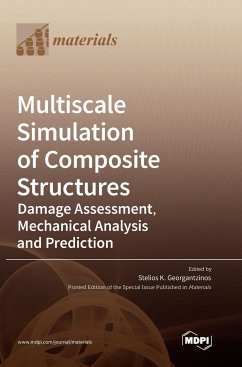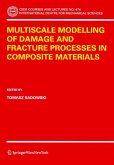Composites can be engineered to exhibit high strength, high stiffness, and high toughness. Composite structures have increasingly been used in various engineering applications. In recent decades, most fundamentals of science have expanded in length by many orders of magnitude. Nowadays, one of the primary goals of science and technology seems to be to develop reliable methods for linking the physical phenomena that occur over multiple length scales, particularly from a nano-/microscale to a macroscale. To engineer composites for high performance and to design advanced structures, the relationship between material nano-/microstructures and their macroscopic properties must be established to accurately predict their mechanical performance and failure. Multiscale simulation is a tool that enables studying and comprehending complex systems and phenomena that would otherwise be too expensive or dangerous, or even impossible, to study by direct experimentation and, thus, to achieve this goal. This reprint assembles high-quality chapters that advance the field of the multiscale simulation of composite structures, through the application of any modern computational and/or analytical methods alone or in conjunction with experimental techniques, for damage assessment or mechanical analysis and prediction.
Hinweis: Dieser Artikel kann nur an eine deutsche Lieferadresse ausgeliefert werden.
Hinweis: Dieser Artikel kann nur an eine deutsche Lieferadresse ausgeliefert werden.








